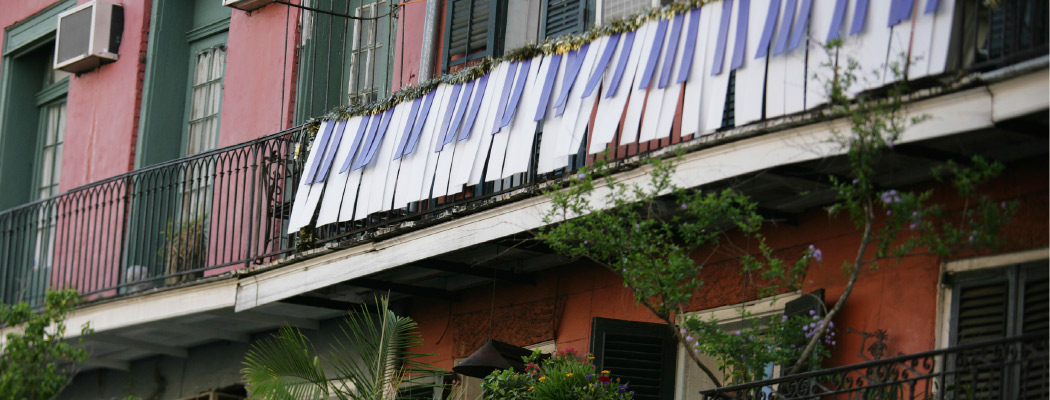Every now and then I stumble upon a piece that I fall in love with where the composer was previously unknown to me. I then descend into a rabbit hole, beginning with a quick Google search and rapidly progressing into ordering every collection of theirs I can find! That might sound a bit extreme, but in the case of Eugénie Rocherolle’s music, it’s honestly quite true. After discovering Midday on the Champs-Élysées in the AMEB Piano for Leisure syllabus (Grade 4), I was enthralled by its distinctive Parisian lilt, and I was keen to find more. Soon enough I had two boxes of books sitting on the floor of my studio, with a myriad of new repertoire to play through! I cannot convey how thrilled I was to discover these collections; my new purchases were a treasure trove of solo repertoire and duets that I knew my students would enjoy learning. And wow, was I right! My teenage girls have been gobbling down anything with a European flavour (including students whose previous practice had been rather light to say the least), I have pairs of siblings flying through duet books, and I have students loving the great arrangements of classics by The Beatles and Henry Mancini.
In our current digital culture it’s not only easy to find out more about a composer and their work, it can also be easy to get in touch with them yourself. I contacted Eugénie to convey my pleasure in discovering her work, and she generously agreed to a virtual interview (Brisbane to Connecticut isn’t a short flight…) to answer questions from both myself and my students. Here is the result.
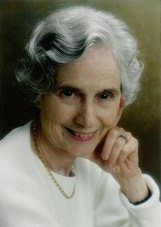
Do you remember your very first composition? When and why did you start writing music?
Although I was told I had written a few little pieces while in grade school, I consider my first legitimate piece to be the one I wrote the summer following 9th grade, after a year of piano study. I entitled it Fantasia, written in the Spanish idiom, and performed it on recitals and local radio and TV. There is no doubt that my year of piano study was the impetus necessary to stimulate the desire to compose… and I never looked back!
I understand you were a ‘Commissioned by Clavier’ composer — could you tell us a little about that experience?
Contributing editor of Clavier Magazine, the renown Lynn Freeman Olson, selected Autumn Sky from the collection, ‘Instrumental Inspirations’, as the ‘Commissioned by Clavier’ composition for the September, 1983 issue. The four-page feature included his analysis and comments about the piece along with the score. I felt very honoured, considering the publishing of my supplementary piano repertoire had just begun only a few years before.
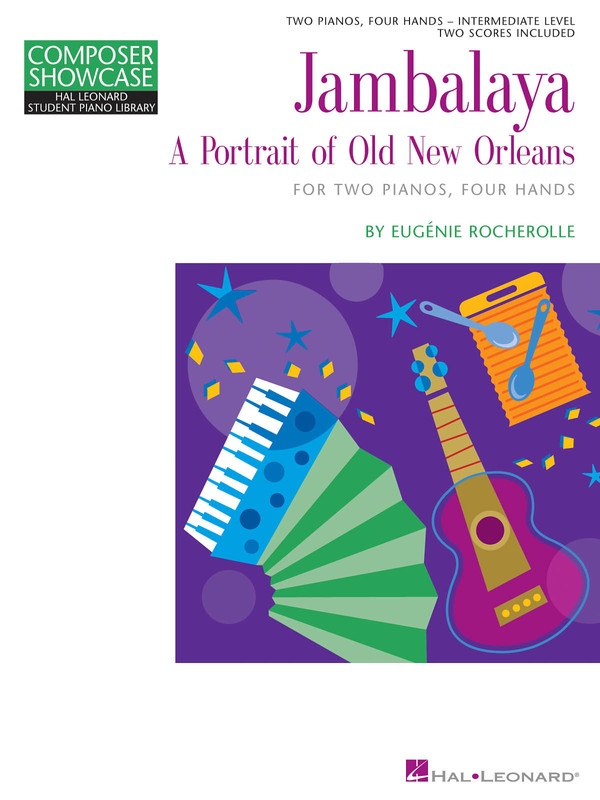
Jambalaya – A Portrait of Old New Orleans
Stock Code: 296725
Format: 2 Pianos / 4 Hands
VIEW ONLINE
VIEW INSIDE
You grew up in New Orleans, which of course inspired your fantastic piece, Jambalaya: A Portrait of New Orleans, for 2 Pianos, 8 Hands, a favourite of mine. What was it like growing up in a place steeped with such musical history?
Growing up in a residential part of New Orleans, I feel fortunate to have called this colourful and carefree city my home. With its unique ambiance and fantastic musical scene, I soaked up Dixieland Jazz, Gospel, Spirituals and Rhythm and Blues. My musical parents enjoyed both the classics and the popular genre — from big bands to ballads — so I grew up exposed to a wide variety of music. As a child, I was smitten with Chopin, Debussy, Grieg, Schumann… and Gershwin!
You grew up in New Orleans, which of course inspired your fantastic piece, Jambalaya: A Portrait of New Orleans, for 2 Pianos, 8 Hands, a favourite of mine. What was it like growing up in a place steeped with such musical history?
Growing up in a residential part of New Orleans, I feel fortunate to have called this colourful and carefree city my home. With its unique ambiance and fantastic musical scene, I soaked up Dixieland Jazz, Gospel, Spirituals and Rhythm and Blues. My musical parents enjoyed both the classics and the popular genre — from big bands to ballads — so I grew up exposed to a wide variety of music. As a child, I was smitten with Chopin, Debussy, Grieg, Schumann… and Gershwin!
You’ve written many wonderful duet collections, what inspired you to write these? As a teacher yourself, of what importance do you consider duets to be for piano students?
My fist duet collection, Christmas arrangements, came at the request of my publisher. I had written a few things in college for two pianos but had never done anything for duets. So I enjoyed the challenge of two people sharing one keyboard. All my subsequent duet books were either further requests or works that I initiated on my own. Students should welcome this type of ensemble music not only as a chance to develop listening skills and four-hand coordination but also as a means to share with another the joy of making music together.
Can you tell us one of your fondest memories of your own piano lessons?
I have many fond memories but one that stands out in particular was playing ensemble music, especially two piano, eight hands, where on occasion my mother was one of the four.
What excites you the most about writing and playing music?
The compositional process itself is exciting. Working at the piano to develop a piece by means of experimentation and improvisation, the surprise of themes that seem to come out of nowhere, the secure feeling when my ‘ear’ is pleased or in some cases, I am overcome by emotion, all of these elements combine to bring me a deep feeling of satisfaction and gratitude. Whether playing my own music or that of others, there is something about the feel of those keys under the fingers and the beautiful sounds and subtleties of the instrument that make the experience not only pleasurable but also therapeutic!
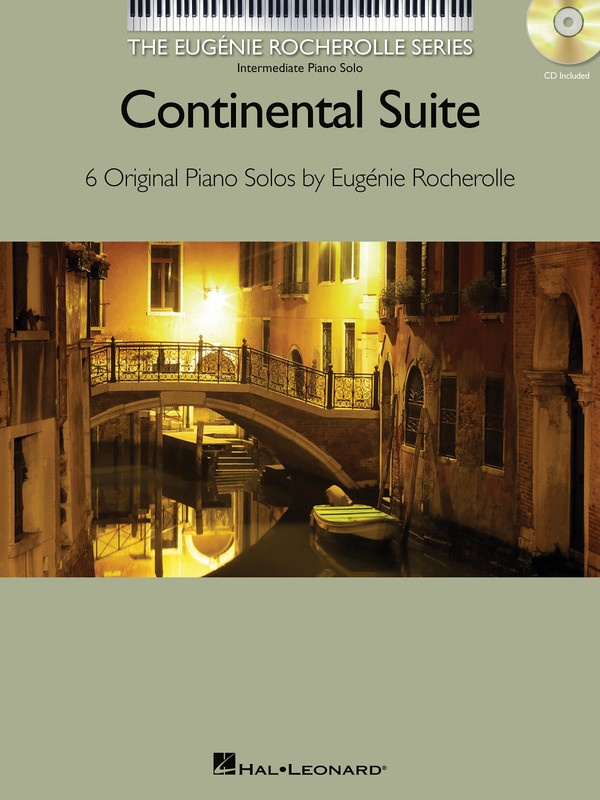
Continental Suite
Stock Code: 296725
Format: Piano Solo
VIEW ONLINE
VIEW INSIDE
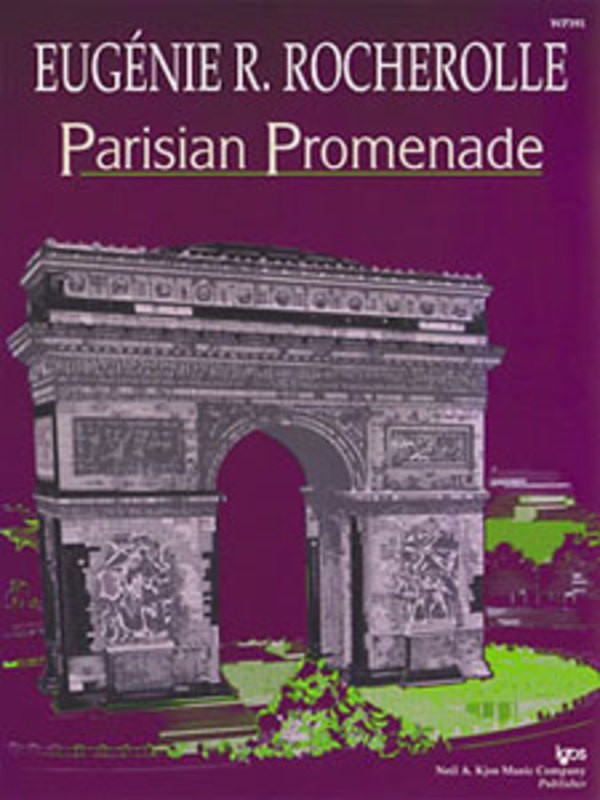
Parisian Promenade
Stock Code: WP391
Format: Piano Solo
VIEW ONLINE
My older students absolutely love your ‘Continental Suite’ and ‘Parisian Promenade’ collections. The pieces have such a distinct European feel to them — you must have spent quite a bit of time travelling in Europe? What sort of things influence your compositions?
I did have some wonderful opportunities to travel throughout Europe during my college Junior Year Abroad where I lived and studied in Paris. My husband’s connection to France where he was born assured us many return trips with our children to visit family in Paris and other parts of France. Rhythms, styles of music, dances, scenes, events, nature, memories… all find a way into my music.
Have you ever been to Australia? There’s lots to write about, hint hint…
I have not had the opportunity to travel to Australia but a granddaughter spent 10 months studying in Melbourne and absolutely loved it!
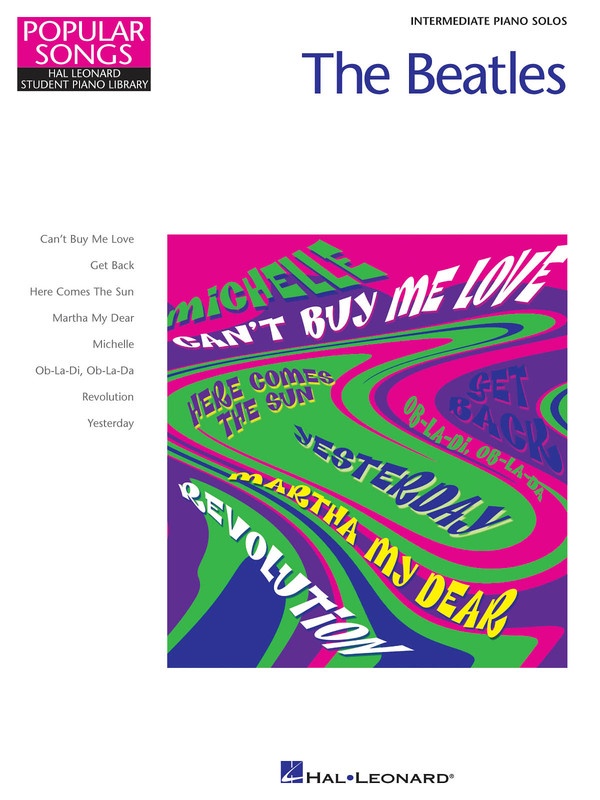
The Beatles
Stock Code: 296649
Format: Piano Solo
VIEW ONLINE
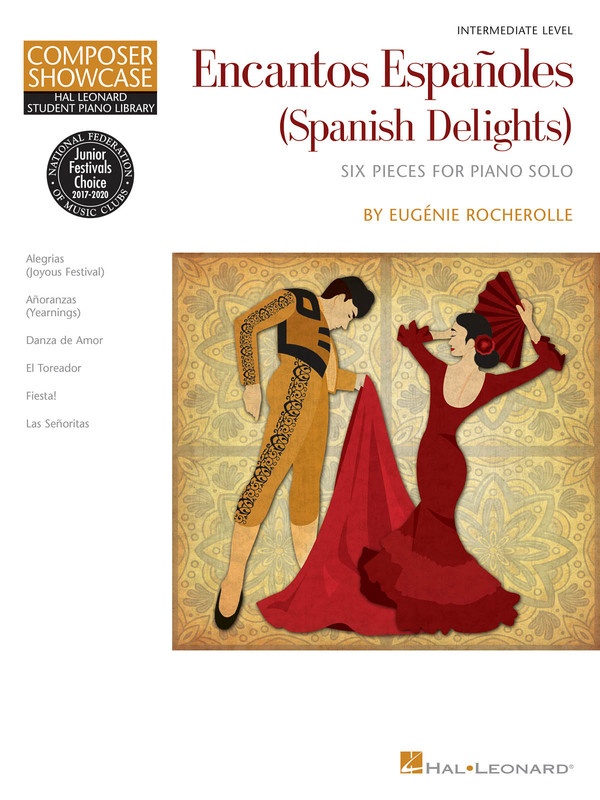
Encantos Espanoles (Spanish Delights)
Stock Code: 125451
Format: Piano Solo
VIEW ONLINE
VIEW INSIDE
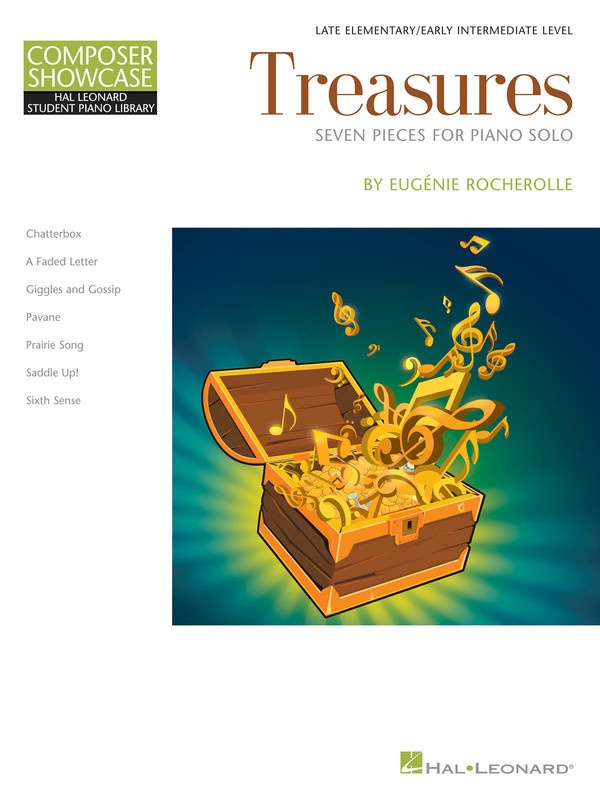
Treasures
Stock Code: 296924
Format: Piano Solo
VIEW ONLINE
VIEW INSIDE
A few of my students had questions of their own that they would like to ask you, if you don’t mind.
From Grace (13): I would like to know what inspired you to compose your pieces about Paris. Did you spend time living there when you were younger?
Yes, I spent a year of college living and studying in Paris. I have been back a number of times with my family during summer vacations. Paris is an inspirational city and almost anywhere you look is a piece of music waiting to be written!
From Brianna (16): How do you start your compositions? Is there always a consistent process or does it vary?
I always work at the piano and usually begin with the left hand to establish the rhythm and harmony. This inspires the melody. The development of the piece depends on the format but it always passes through the process of experimenting and improvising. I depend a lot on my ear and the theory I learned as a student.
From Roshni (17): Do you have a favourite composer or musician who has influenced the way you approach your work?
I have many favourite composers who have certainly influenced my music but I don’t approach my work with them in mind, per se.
From Caitlin (16): When you compose, do you plan the structure or improvise and see how it turns out?
First, I decide what kind of piece I want: the style, the form, the subject matter. I fiddle around a bit at the keyboard until something starts to take shape. That’s when the improvisation kicks in and away I go!
“Playing Eugénie Rocherolle’s Continental Suite makes me feel like I’m experiencing Europe first hand. Each piece has a distinct sound that transports me to that country. I don’t need to fly all the way to Europe now, I can just play my piano! The music is challenging, but the beautiful sound makes me determined to play it well, so it has really improved my sight-reading and my phrasing.” -Roshni (17)
“Eugénie Rocherolle has produced a beautiful piece of music, I was drawn to it the first time I heard it. With every note that is played I get a glimpse of what it might be like walking along the Champs-Elysées in Paris. Playing this piece has advanced my playing and technique so much. This year I will be using this piece for my Grade 4 exam, and I wanted to thank the composer for composing such a beautiful and artistic piece.” – Grace (14) about Midday on the Champs-Élysées
